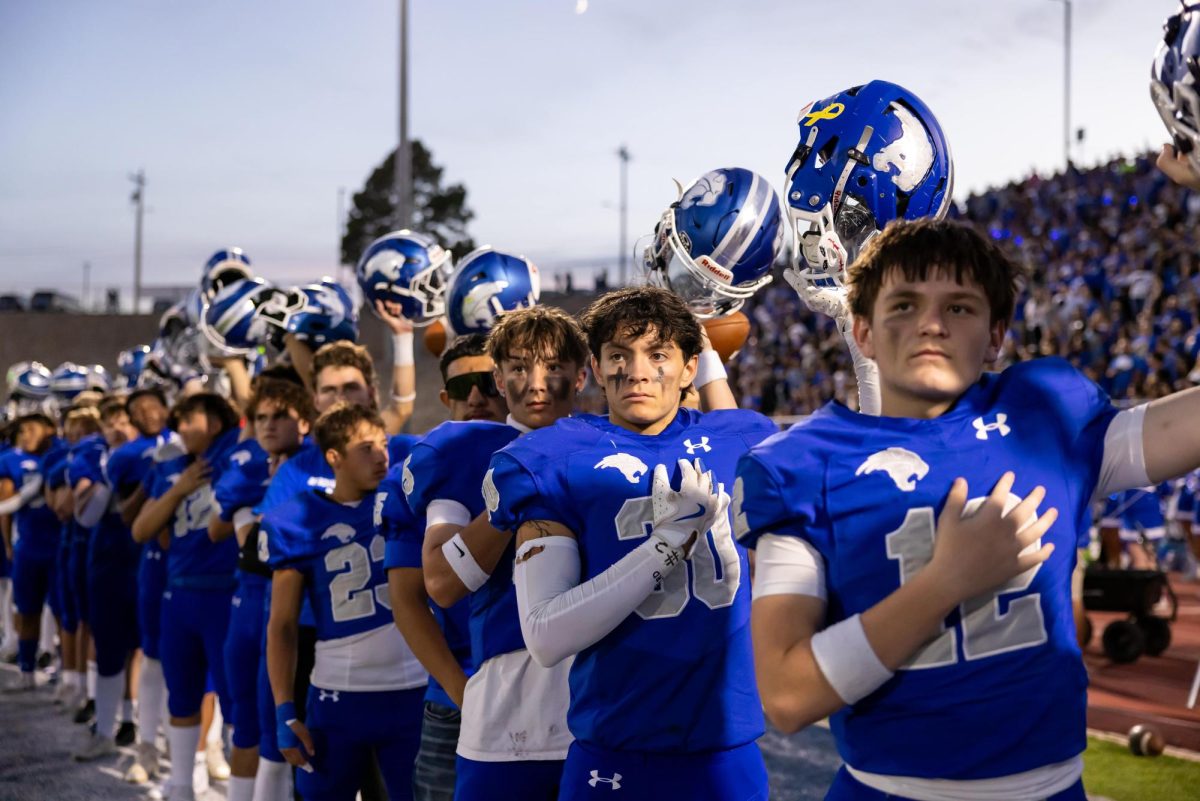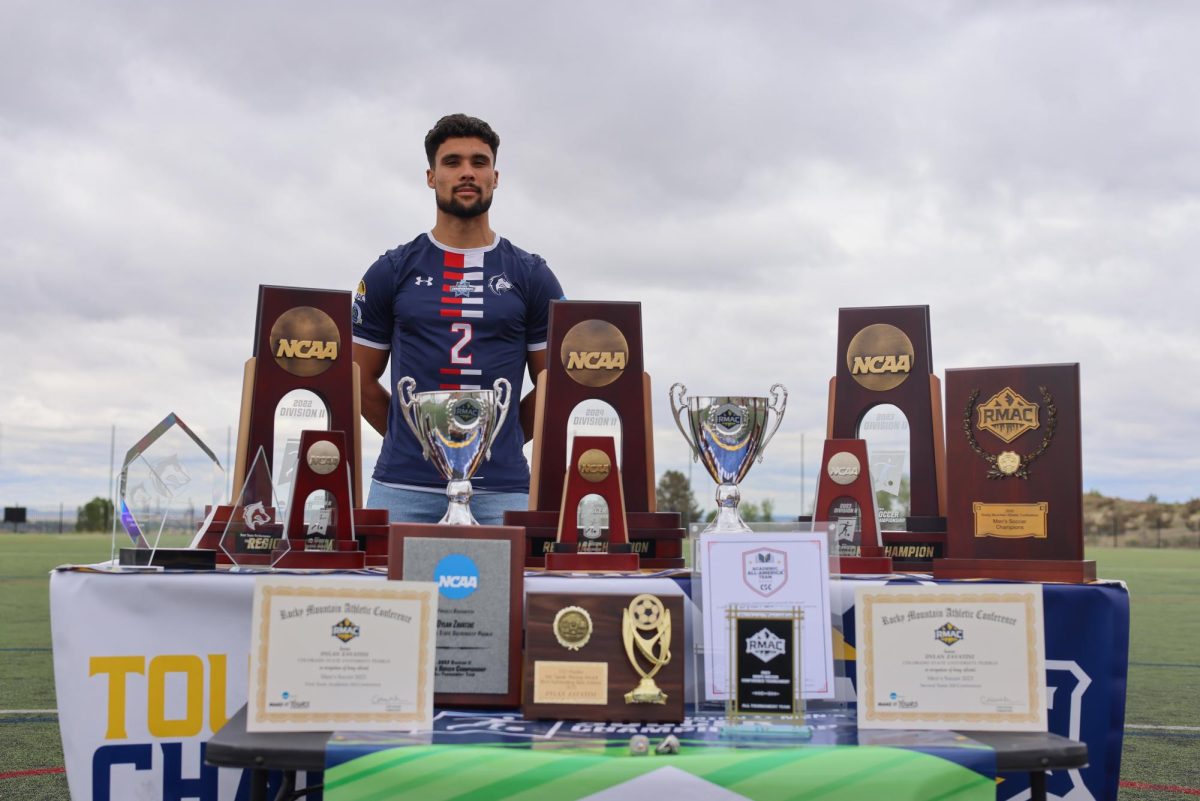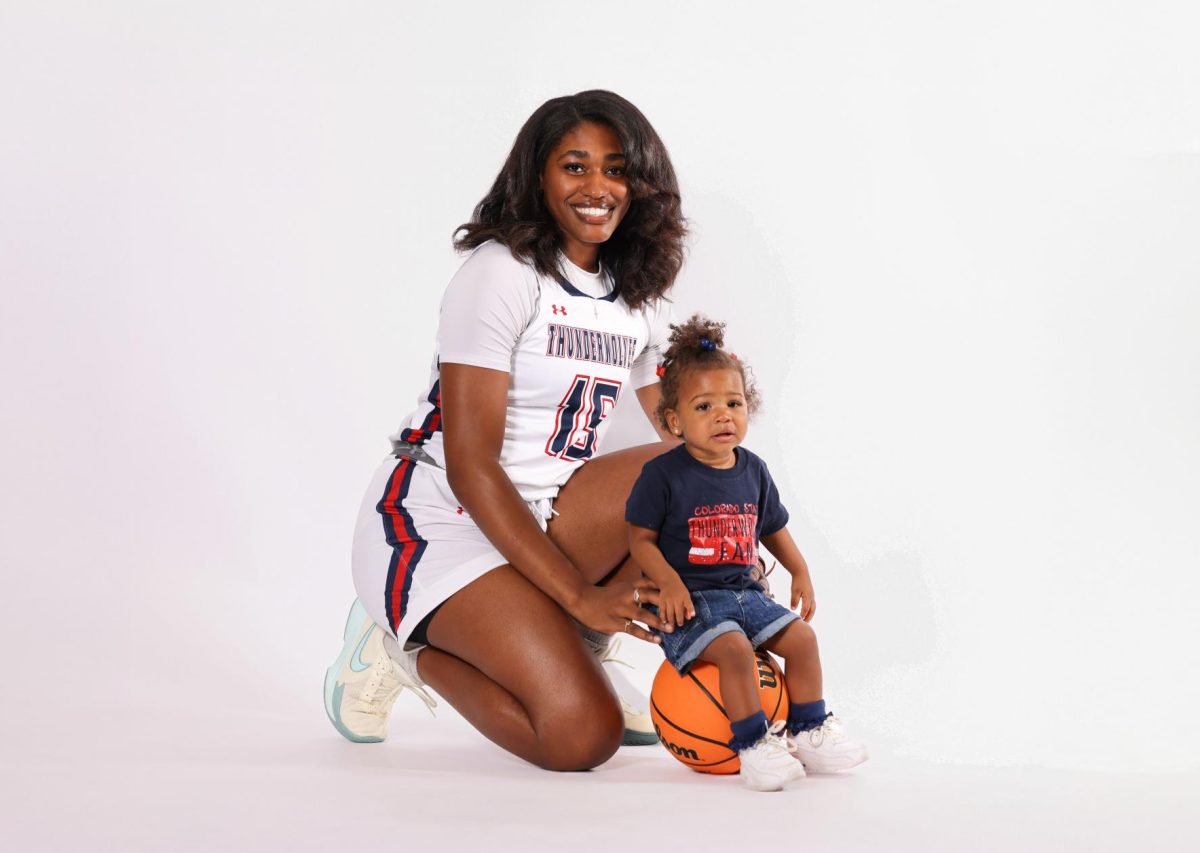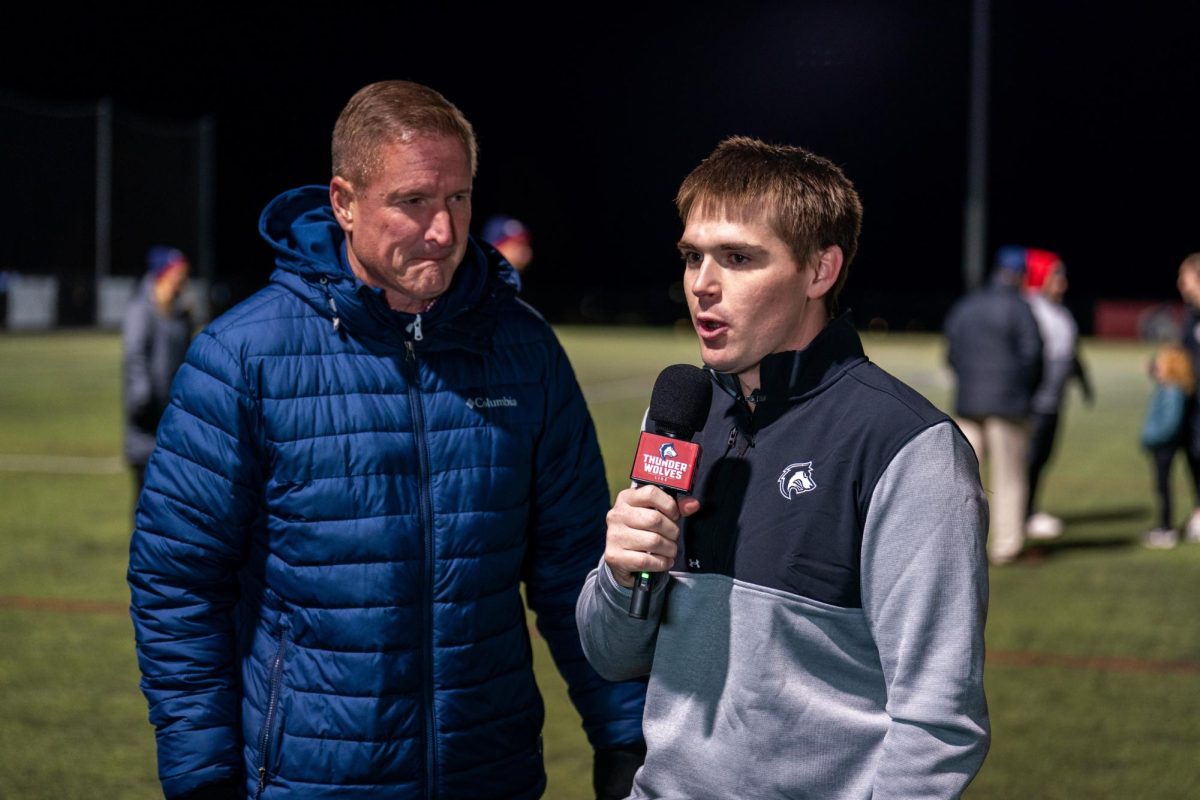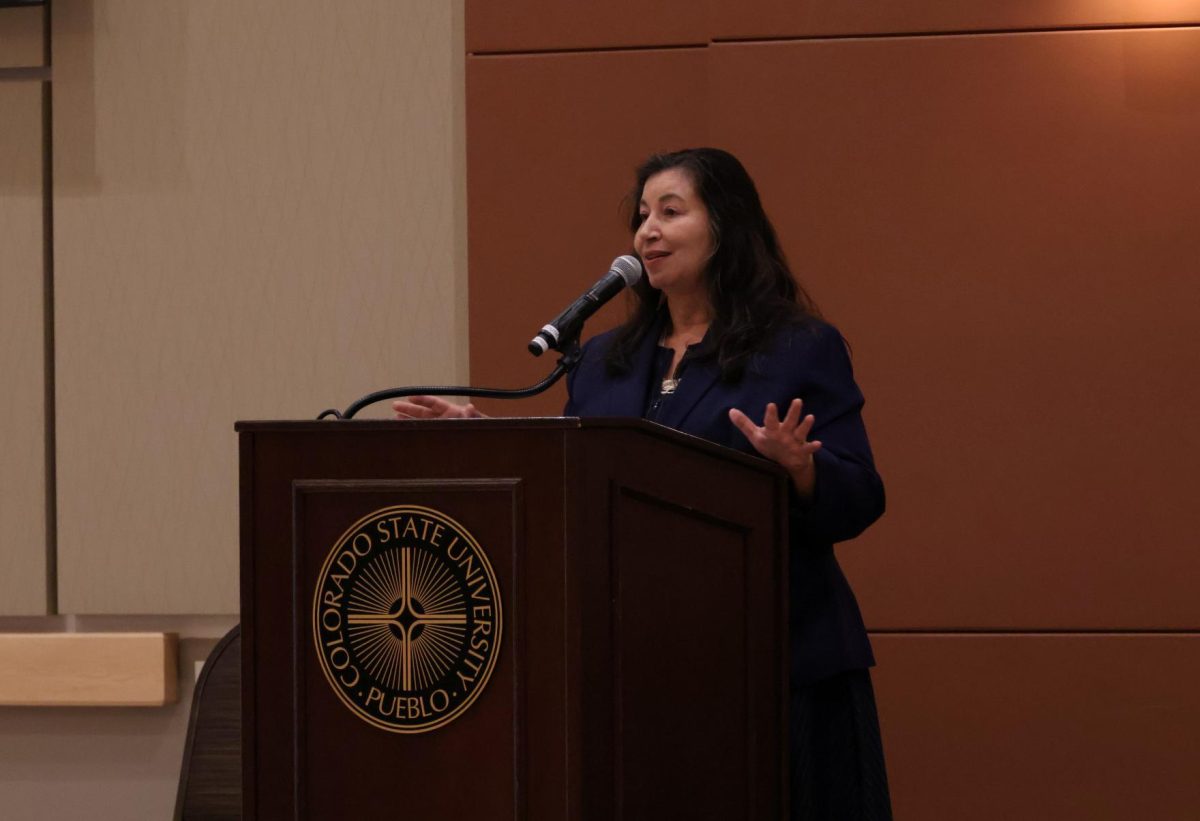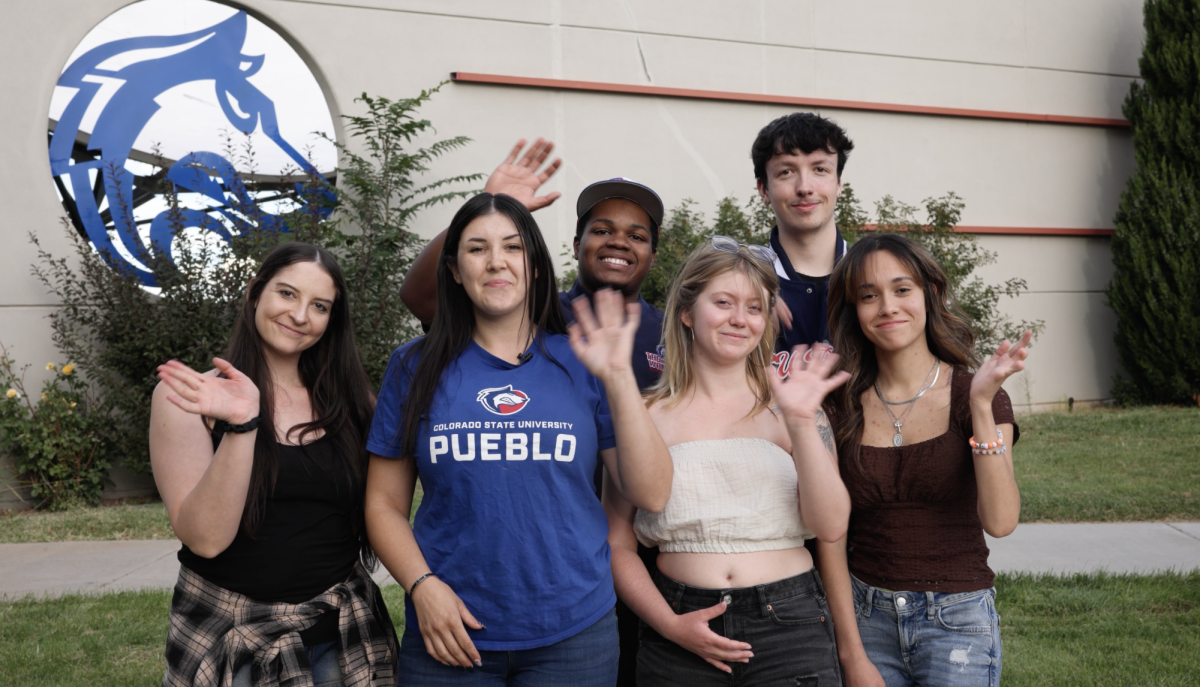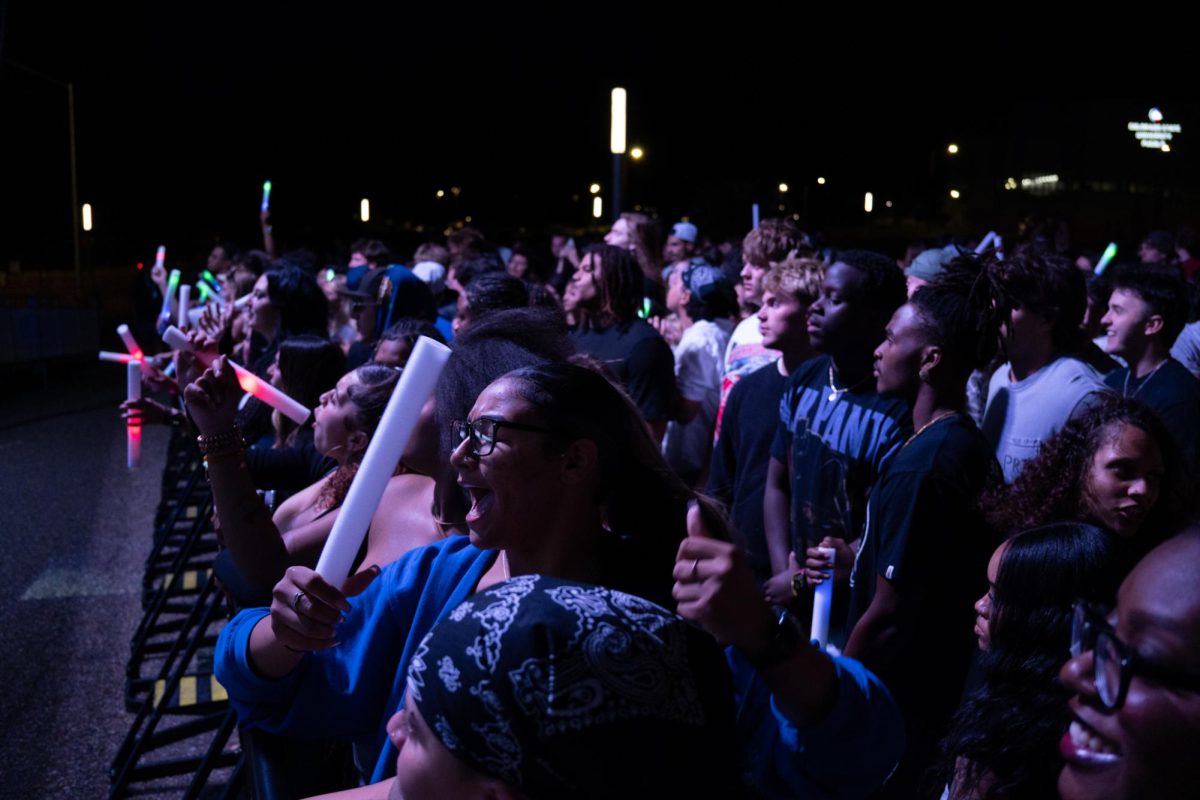The Colorado State University Pueblo men’s lacrosse team recently finished its last season as a NCAA Division II athletic program, playing its final match on April 21 against Colorado Mesa.
Four months earlier, on Jan. 19, the men’s lacrosse team learned its program was being cut from the NCAA Division II level and instead would transition into a club sport following the 2024 season.
According to Paul Plinske, CSU Pueblo’s athletic director, this decision was made on the same day the players learned about the fate of their program, though discussions about the potential of the event took place over an extended period.
“Any decision that we make in higher education takes a lot of review and a lot of in-depth conversations, especially with people that are critical to leadership on a campus. This stems years and years because when I came into this position back in 2018, I immediately started evaluating the intercollegiate athletic program and analyzing it from a strategic perspective.
“Our vision as an athletic department is to be an athletic powerhouse and to be an area for holistic student athlete development. We fall within the mission and the vision of the institution. As we’ve gone through the years, we’ve looked specifically at all our sports and wanting them all to provide a high-quality competitive experience while giving those student athletes a chance to perform well academically and contribute to our community,” Plinske said.
When discussing the reasoning for this decision, Plinske went into detail about the men’s lacrosse team within the athletic department’s strategic plan:
“Our goal is to make sure we have a championship caliber program, and we want that for all our sport programs. As we analyze this sport (men’s lacrosse), we were struggling competitively. Since COVID, we had won 25 percent of our games. There are only four schools in the league. We’ve advanced to the conference tournament, we’ve lost in that first round, so we want all our sports to have that competitive experience and we weren’t seeing it there,” he said.
The men’s lacrosse team also was struggling with the fact that its geographical footprint in the RMAC was expanding and moving into California with associate members joining the league, which originally had consisted of only CSU Pueblo, Adams State, Colorado Mesa and Westminster.
However, this 2023-2024 season, Concordia University Irvine gained NCAA DII status from club. The Rocky Mountain Athletic Conference also will add Dominican University of California as an associate member. According to Plinkse, these additions increase the traveling, which in turn, requires more resources and places more burden on the school’s budget, and as a result, affects all the university’s programs.

Plinske discussed the concept of CSU Pueblo being “right sized” in making sure that the athletic department is an appropriate size compared to the enrollment on our campus.
“When you add in the lack of competitive success with the geographical footprint that we were becoming, with the size of our institution, we felt like there was a pretty significant reason for why we needed to make this change,” Plinske said.
There was strategic decision-making with moving the program to club because there were more opportunities to compete within CSU Pueblo’s geographical footprint.
The official press release from the university stated: “As a club sport, CSU Pueblo will have far greater competitive opportunities through an association with the Men’s Collegiate Lacrosse Association (the governing body for men’s club lacrosse) and the Rocky Mountain Lacrosse Conference (RMLC), which supports nine teams in Colorado along with several institutions from our region including Colorado School of Mines, Fort Lewis, MSU Denver and Western Colorado.”
There are three different levels within the club system. The athletic department is having to figure out which division within the club league will be the best fit competition-wise and what will be most affordable.
Plinske discussed the difficulties making decisions in higher education athletics due to the amount of change that has occurred over the past few years, including the implementation of the transfer portal, conference realignments, and name, image, and likeness rules, to name a few. Plinkse then went into detail about who was involved in this decision-making process.
“We’re measuring against all those changes and trying to predict what the future is going to look like and so former President Timothy Mottet, myself, and members of cabinet had some pretty lengthy discussions about the future of intercollegiate athletics and what kind of size our athletic department was going to be in the wake of enrollment changes on our campus, with potential for changes in revenue streams, to help support not only all students on our campus but all academic programs, and then specifically intercollegiate athletics.
“Our conversations were ongoing with President Mottet and then they transferred over and into our Acting President, Dr. Gail Mackin, who is now our provost, and then ultimately with the conversation with President Armando Valdez on Jan. 19, which then in turn led to the communication with the team,” Plinkse said.
Plinkse went further into detail about the variables in the decision-making process and the timeline of the decision.
“There’s no good time to share with student-athletes that there’s going to be a change in their program, and so there’s a lot of empathy for that. I also have a great deal of respect for our men’s lacrosse players and their feelings on this. I’ve been listening closely to their concerns, their frustrations, their disappointment in me as their leader, and so obviously we continue to grow from it,” he said.
Plinske discussed the external variables that the athletic department was facing that influenced their decision-making. These included the bylaws that the university had to follow as a member of the Rocky Mountain Athletic Conference, one of which being having to “specify to the conference office if you’re going to discontinue the sport by the April meetings that we have.”
According to Plinske, Mottet consulted with the Board of Governors, as they are the university’s ultimate bosses.
“They’re (the Board of Governors) the ones that we are accountable to when it comes to our responsibility to be stewards of the resources that we have and to manage ourselves according to what we feel is in the best interest of our campus and maintain sustainability on our campus.
“That conversation had taken place, but then we also knew that we had a transition in leadership, transition from one president to an acting president, to a real president and you never know what their philosophy is going to be on something like this. It is a very dramatic decision and it’s a very transformative and, in some ways, a hurtful decision, too,” Plinske said.
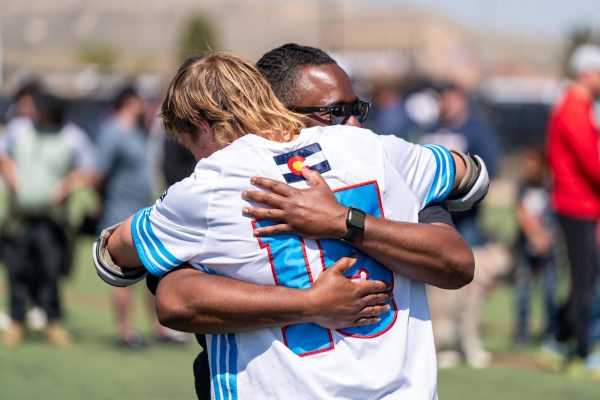
Plinske, who has worked in athletics for 20 years, said the athletic department wanted to ensure the athletes were told as soon as the decision was made so they had a chance to use the spring to either get into the transfer portal or continue to play for us and enjoy the resources that were provided to them while giving them a competitive and high-quality experience, “knowing that it was detrimental to them. It hurt morale. It hurt their emotional state.”
Plinske was able to have a private meeting with the men’s lacrosse head coach Sean Blair before meeting with the entire team. Blair had been the head coach for ten years.
“We have great appreciation for coach Blair. He’s been a great asset to our athletic department. He has worked across campus in various capacities. He’s an adjunct faculty member; he serves on various committees; and he has been a great spokesperson for athletics. We’re trying to find him an appropriate place because obviously the (head coaching) position won’t exist anymore in athletics,” Plinkse said. “We feel like once that new position falls into place, there will be opportunities for him to get involved in holding up this program and leading the club program.”
The assistant coach position was a part-time position, which will terminate on May 31. This position was held by Hayden King this year. Blair’s head coach position was a full-time position.
When the decision was made and the official press release was posted online, many players and community members were upset about what appeared to be a sudden decision. As Plinske has discussed, it was something that took a lot of review. However, that final decision was made on the same day players were communicated to.
“It’s not in athletics’ best practices to give a program a sunset. People have said, ‘Well why don’t you let the program play in ’24 and then play again in ’25 and then sunset it after the ’25 season because you’ll get a lot of the underclassmen through to graduation.’
“But what we’ve seen in prior schools is that those student athletes just leave. They leave anyway, and so we wanted to give them at least 3-4 months where they could make that decision on their futures rather than a whole year and a half because we don’t know what 2025 would ultimately look like. Then we also have the RMAC bylaws that we have to comply with and also just those changing dynamics. History has shown that schools notify as soon as the decision is made, but as quick as possible so student athletes have plenty of time to determine what’s in their next best interests.”
The past few months have been an emotional time for everyone involved. The Today asked how this decision has affected Plinske.
“I feel really bad because I didn’t come into this job saying that I was going to cut sports or change the life of a student athlete in a negative way. It’s been a hard couple of months because I felt like I couldn’t say hi to an individual in the hallway or go to a game and support them. I basically had to just kind of suck up my pride and be humble through this whole experience and just kind of be in the background because, ultimately, it’s not about me and I don’t want it to be about me.
“I want to do whatever I can to help support these student athletes. I’m hopeful that they will be able to forgive a part of that if they still hold that in their hearts against me or against this decision. Obviously, I’m kind of the lone man wolf standing right now because we’ve had a lot of leadership transition on our campus and I’ve taken this and I’ve said you know, it’s a part of our responsibility as an athletic department to make sure you make the decisions that are in the best interest of not just all of athletics, but the institution as a whole.”
Plinske hopes that all the players will find the right opportunity for them. He hopes there will be some lacrosse players staying at CSU Pueblo. He hopes that if they are not interested in playing club lacrosse, that perhaps they can find a different sport for the Thunderwolves and flourish within that.
“I’ve really appreciated how President Armando Valdez has approached this. He’s just attacked it head on and says, ‘I still love you as people and I care about you as people, regardless of the decision,’ and that has been an example for me about, hey these are still people, these are still individuals that have a full life ahead of them, and this is one, hopefully, bump in the road that we’ll all work through and get better from,” Plinkse said.
According to Plinske, 35 players started the 2024 spring season and three quit mid-season. Twenty-three players entered the transfer portal and remain active. As of May 6, four players have confirmed to be transferring and 13 are registered for Fall 2024 courses at CSU Pueblo.






